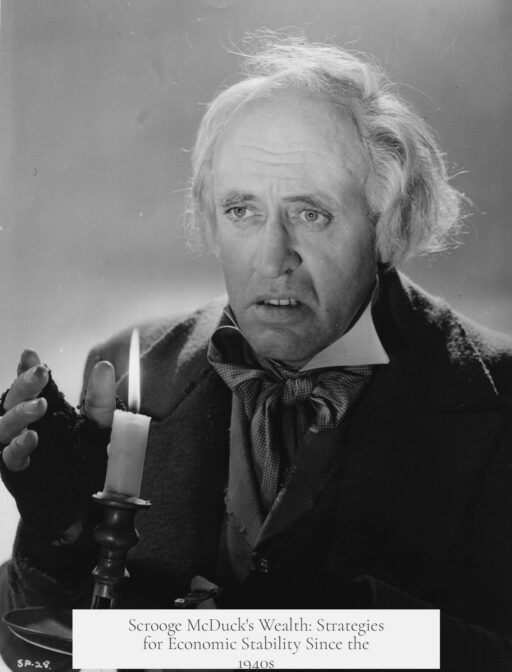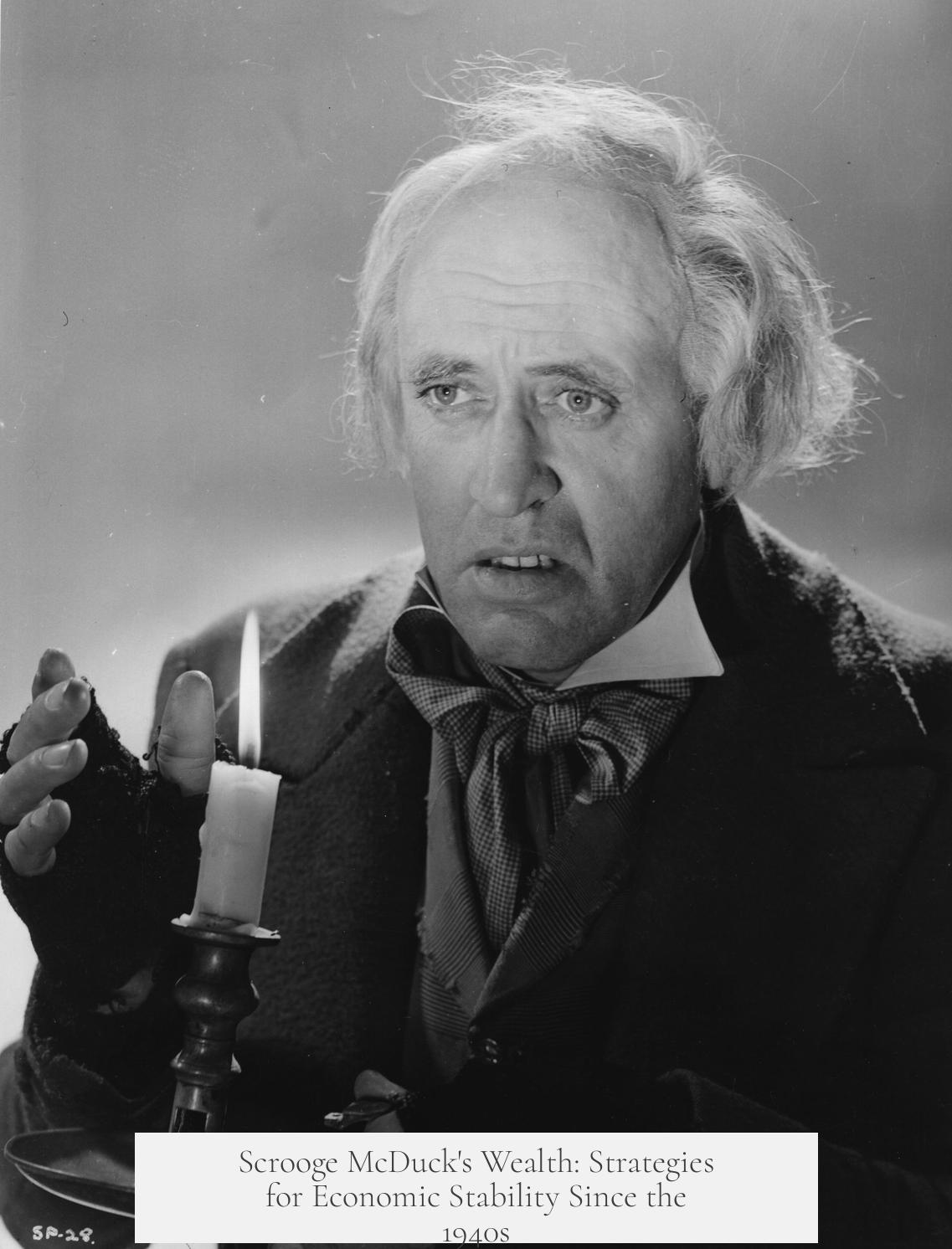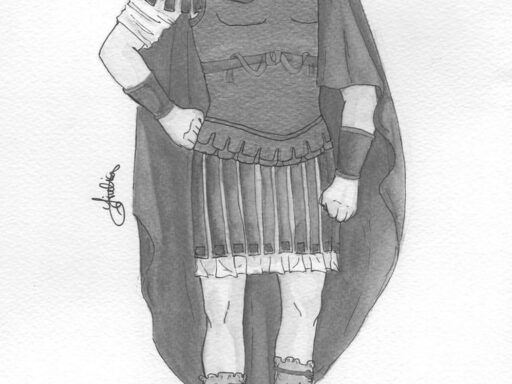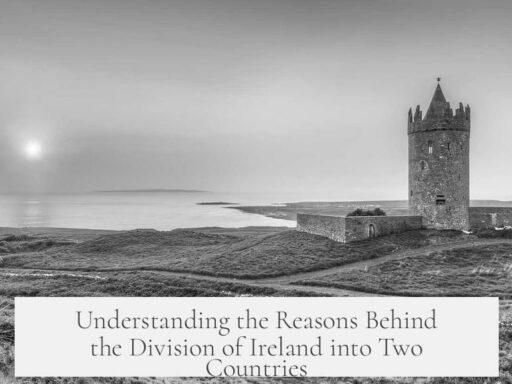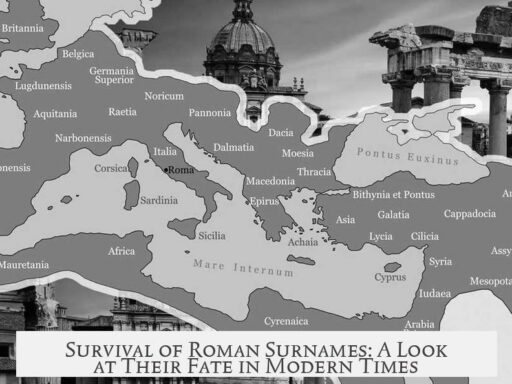Scrooge McDuck maintains his vast fortune from the 1940s onward by acting as a stabilizing force in the global economy while carefully managing his wealth to avoid market disruption. He holds over 90% of his wealth in untraded gold coins instead of liquid assets. This strategy prevents flooding gold markets and causing depreciation. Scrooge serves as a “central banker to central banks,” providing liquidity when necessary without overspending or excessive market interference. His prudent investment behavior and gold hoarding have helped sustain relative economic stability worldwide since the Bretton Woods system era.
Scrooge McDuck’s wealth originated from a mix of inherited fortune and personal endeavor. He inherited money-lending wealth from the London Scrooges, growing the family’s rich legacy. However, he earned most of his fortune through adventurous and hard work, especially mining gold in the Klondike during the late 19th century. This blend of legacy and self-made fortune anchors his massive capital base, which forms the backbone of his economic influence.
His wealth preservation relies on minimizing market impact. By holding a large proportion in gold rather than volatile assets, he avoids destabilizing stock markets or currency valuations. Scrooge deliberately limits his spending to levels that do not disrupt economic flows. Even when simplifying his portfolio, such as selling stocks in late 1929, he manages transitions carefully to avoid triggering breaks or crashes.
Scrooge runs a diversified business empire that actively contributes to economic growth. Despite a reputation for frugality, he reinvests profits and circulates money productively. This behavior contrasts with pure hoarding and makes him a net positive force in local and national economies. Additionally, he educates others on currency mechanics and investment strategies, supporting economic literacy and sustainable development.
Multiple theories attempt to explain the extraordinary scale of his wealth and its stability. Some posit that reported figures are exaggerated or misinterpreted due to different currency valuations or mistranslation. Others suggest conspiratorial ideas, such as secret memberships or alien technology, but these lack empirical support. The most reliable explanations point toward prudent wealth management combined with his role as a liquidity provider in global finance.
Scrooge’s actions reflect lessons from the Depression era, where unchecked spending or market speculation caused severe economic downturns. He understands the importance of keeping large sums withdrawn from circulation to prevent rapid devaluation and inflation. His choice to hold gold physically and avoid overleveraging unstable markets underpins his long-term wealth retention without destabilizing economies.
| Aspect | Details |
|---|---|
| Wealth Origin | Inherited family fortune + mining gold during Klondike gold rush |
| Wealth Composition | Over 90% held in gold coins, minimal liquid assets |
| Economic Role | Stabilizer in global economy, “central banker to central banks” |
| Market Strategy | Careful portfolio adjustments; avoids flooding markets |
| Investment Behavior | Active business operations and reinvestment; educational efforts |
| Economic Context | Informed by Depression-era lessons; avoids causing inflation or crashes |
- Scrooge’s wealth largely remains inactive, preserving gold’s market value and preventing economic instability.
- His active business and investment approach benefits economies by circulating capital effectively.
- Inherited fortune combined with self-made mining earnings forms a robust financial base.
- He acts as a liquidity provider, helping to stabilize broader economic systems, especially under Bretton Woods.
- Deliberate spending limits and portfolio management avoid causes of inflation or stock market crashes.
Through prudent wealth management and economic understanding, Scrooge McDuck sustains his extraordinary fortune while ensuring the global economy remains stable and functional. His approach blends gold hoarding, controlled investment, and active reinvestment without overwhelming financial markets.
How Could Scrooge McDuck Have Maintained His Extraordinary Wealth from the 1940s Onward Without Destabilizing the Entire World’s Economy?
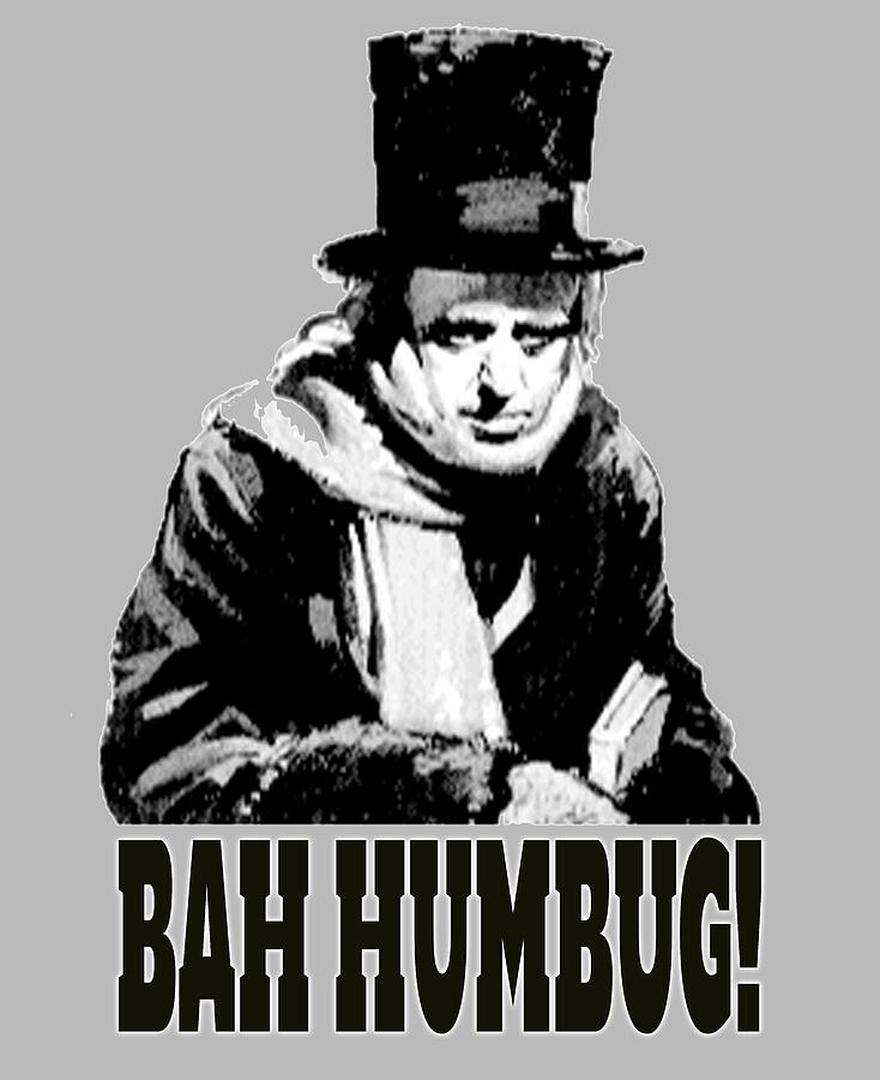
Scrooge McDuck masterfully keeps his legendary fortune intact and the world’s economy on an even keel by balancing his role as a stabilizer, strategic gold hoarder, and savvy investor. But how exactly did the richest duck in fiction pull off such a feat without shaking the global marketplace?
Let’s dive into the unique blend of economic wisdom, tactical restraint, and mythic flair that explains his unparalleled financial stability.
Setting the Stage: Scrooge As The Bretton Woods Stabilizer
Imagine a duck so wealthy that central banks turn to him for backup. Scrooge McDuck, in effect, earns the title “central banker to central banks.” During the Bretton Woods era, his vast reserves of foreign exchange act as a buffer against deflationary shocks.
Instead of hoarding cash under a mattress, this feathered tycoon provides limitless liquidity to stabilize the world’s economy. Without Scrooge’s gold-backed reserves, deflationary pressures might spiral out of control and threaten global financial health.
In a sense, Scrooge resembles a secret economic superhero — flying in not with a cape, but with a mountain of gold coins to steady the world economy.
The Gold Rush That Started It All
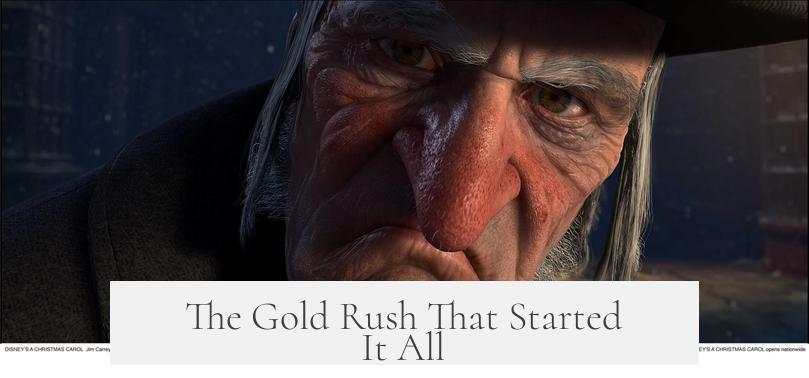
Scrooge’s fortune isn’t just cartoon magic. It’s the product of hard work, luck, and a remarkable family legacy. Born to Scottish immigrant parents, his early adventures lead him from humble roots to the Klondike gold rush.
There, our duck finds his first million-dollar golden nugget — literally. But don’t think he stumbled blindly into riches. The London Scrooges, his money-lending ancestors, set the stage with inherited wealth, giving him an early financial boost.
Still, Scrooge’s self-made grit shines through. He mined, negotiated, and invested smartly, climbing the financial ladder step by step. It’s a story packed with grit, gold, and a touch of stubbornness.
Keeping Gold Idle? How Does That Not Crash the Economy?
Here’s the twist: Scrooge centers the vast bulk of his fortune — over 90% — in untraded gold coins. Holding gold this way means it doesn’t flood markets or cause inflationary damage.
He literally dug gold from the earth, yet refuses to sell it all, avoiding the classic “too much gold floods the market” pitfall that would devalue the precious metal. By immobilizing this treasure trove, McDuck actually preserves the market value of gold, stabilizing the economy.
So while Scrooge’s vault looks like a giant, gleaming piggy bank, it’s more like a vault-sized economic insurance policy.
The One Time He Moved Stocks: A Lesson in Timing
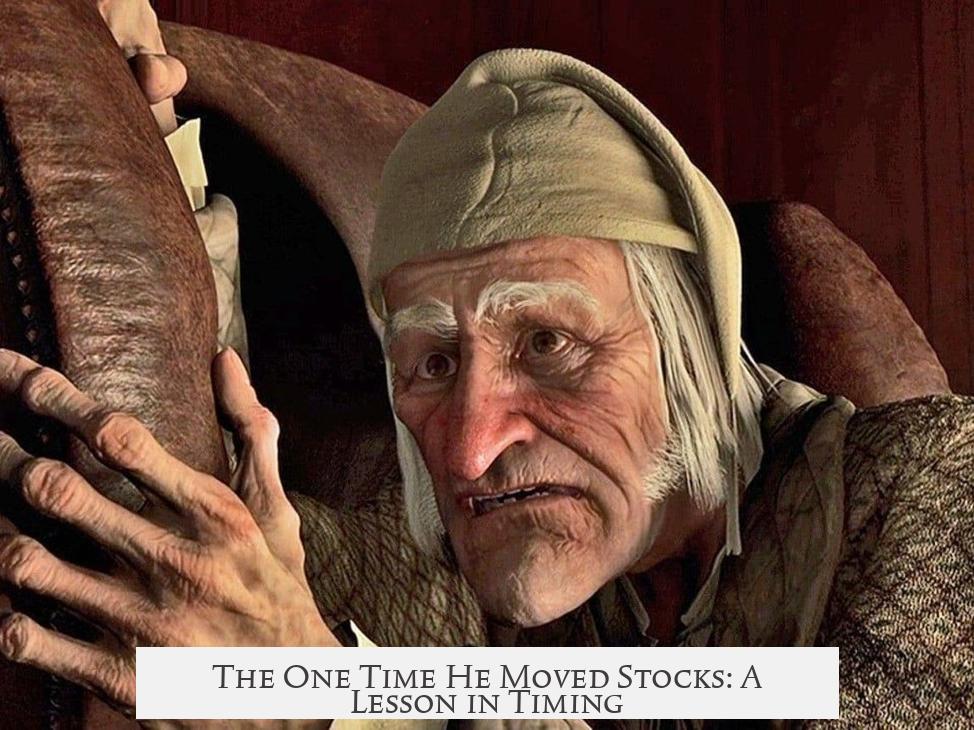
In 1929, smart investor Scrooge did something unusual. He sold off stocks right before the crash. Not only that, he consolidated his portfolio into more gold.
This decisive move displays two things: his sharp acumen and awareness of the wider economic waves. Unlike reckless investors who lose sleep over market drops, Scrooge is a calm captain steering his ship away from the storm.
Investment, Reinvestment, and Economy Boosting
Despite his miserly reputation, Scrooge actively invests and reinvests in businesses to circulate capital. This doesn’t just fatten his money bin—it supports economic growth and job creation.
Consulting his nephews Huey, Dewey, and Louie, Scrooge even educates others about currency and investments. This eagerness to share economic wisdom makes him a boon to the economy, paradoxically prospering through careful capitalism.
Theories and Tales: Why So Much Gold and Such Stability?

Some skeptics argue the wild scales of McDuck’s wealth are exaggerated or mistranslated. Maybe the billions quoted are Brutopian dollars, or even bizarre extraterrestrial currency.
Others float conspiracy theories linking Scrooge to shadowy ‘New World Order’ clubs (the so-called “M.M. Clubhouse”). And in a wild sci-fi twist, there’s talk of money-altering Cybermen technology explaining his hoards.
While fun, these fanciful tales highlight just how remarkable it is for one duck to wield so much financial influence without tipping global markets.
Historical Context: Depression-Era Influence and Cautious Spending
Remember, Scrooge grew up during the Great Depression, a time scarring enough to harden any wallet. His experience instills a deep respect for economic stability and caution.
More than just greed, his deliberate choice to keep wealth “inactive” by holding gold prevents rapid money devaluation — a protective command against economic chaos.
Could You Emulate Scrooge’s Financial Wizardry?
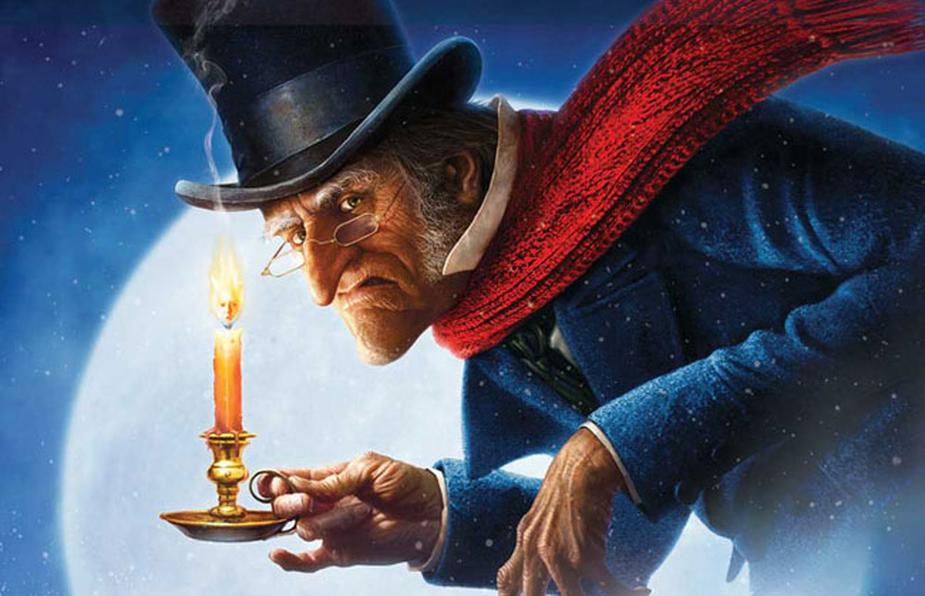
Scrooge’s story teaches us valuable lessons:
- Preserve capital: Avoid unnecessary liquidations that could disrupt markets.
- Diversify smartly: Maintain assets in stable forms like gold to hedge risk.
- Circulate wealth: Reinvest profits to stimulate growth rather than stash all your resources.
- Educate yourself: Understand your role within larger economic systems.
- Practice restraint: Even a fortune as big as Scrooge’s requires caution to avoid market instability.
Of course, few of us can match McDuck’s golden money bin, but his blend of hard work, strategic foresight, and economic respect sets a timeless blueprint.
Final Flap: Balancing Myth and Market Mastery
Scrooge McDuck remains a fascinating figure balancing astonishing wealth and economic stability. He combines the practicality of a seasoned financier with the mythic aura of a gold-hoarding adventurer.
Without him, the Bretton Woods system might not be as stable; without his caution, the markets might have convulsed from too much gold circulation. With his investments, economies feel a ripple effect of growth and education.
In essence, Scrooge McDuck’s economic success isn’t just a tale of cartoon riches. It’s a layered story of wisdom, restraint, and economic stewardship — a reminder that keeping wealth afloat without sinking economies requires more than luck. It requires a duck’s eye view on the entire economic pond.
How did Scrooge McDuck use his gold reserves to avoid destabilizing the global economy?
He kept over 90% of his wealth in untraded gold coins. This limited gold circulation, preserving its market value. By not flooding the market, he prevented gold price drops and economic instability.
In what way did Scrooge function like a “central banker to central banks”?
Scrooge provided liquidity to stabilize the world economy. His reserves helped counter deflationary pressures, acting as a hidden backbone for global financial systems under Bretton Woods.
Why didn’t Scrooge’s wealth accumulation cause market crashes despite its magnitude?
He avoided large market moves by limiting his spending and trading. After selling stocks in 1929, he shifted to gold and reinvested carefully, preventing sudden shocks to markets and preserving stability.
How did Scrooge’s background influence his approach to wealth management?
Growing up during the Great Depression taught him caution. He deliberately kept wealth inactive, mainly in gold, to shield the economy from rapid devaluation and avoid triggering another economic crisis.
What role did reinvestment play in maintaining McDuck’s fortune and economic balance?
Despite being thrifty, he actively reinvested in businesses. This circulation of capital helped stimulate growth while keeping his vast gold reserves stable, balancing personal wealth growth and market health.
